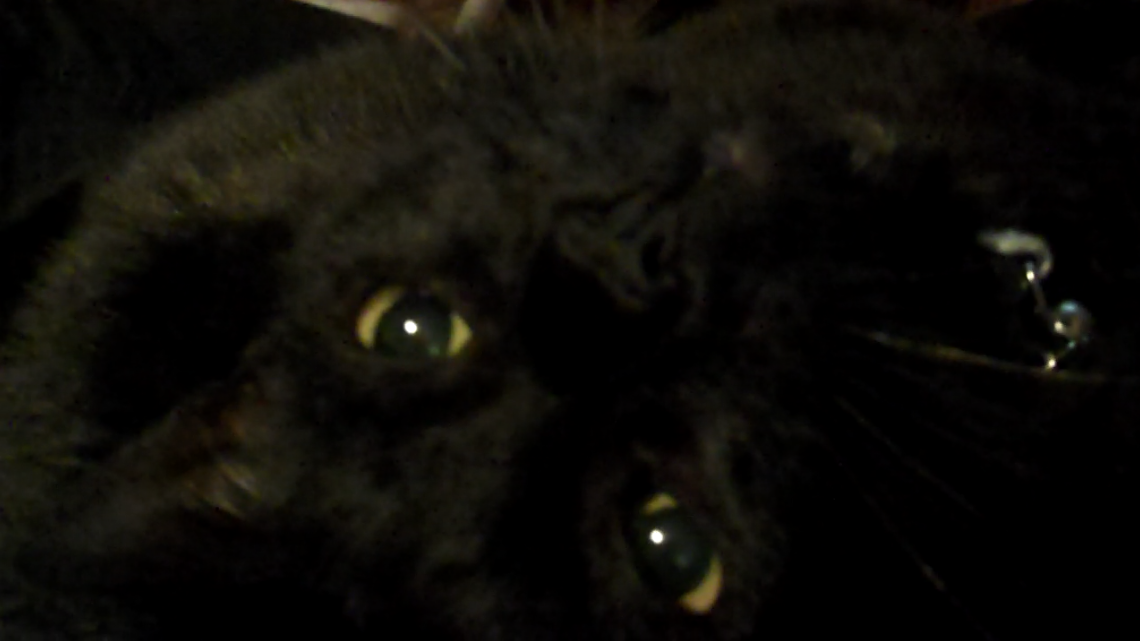Attention, authors of the world! It is bad enough to argue with people who post reviews of your books on Amazon telling them they’re not reading it right. (cf Anne Rice, 2004)
But it is so much worse to do so under a sock-puppet alias which you otherwise use to post glowing reviews of your own books. (cf Christopher Pike, 2010) Also, if someone calls you on the fact you got the capital of Turkey wrong then it might be wiser to apologise than continue to berate them. Oh and perhaps do some research as to where Turkey is (i.e. not in Palestine), the ethnic background of the population (i.e. not Arabs) and the state religion (i.e. none; Turkey is a secular state.) PS: Sikhs are not Arabs, not everyone who wears a turban can be conveniently lumped into your concept of the Other.
This kind of behaviour is not cool and it makes authors look stupid. Got something wrong? – apologise and fix it. Someone doesn’t like your book? – that’s their prerogative. If you really must post a rebuttal then things to avoid include: mansplaining (Pike), racism (Elizabeth Bear), aggression and unpleasantness (R Malone). None of these things will encourage people to read your books.
Since I’m beginning to get gigs speaking to writers about how to market themselves on the inter I’ll recap that as a handy little list. Although I hope no one I speak to would even consider most of these!
- Don’t attempt a rebuttal of reviews of your work – you either look desperate or crazy or both
- If you really really really want to write a rebuttal, don’t use a sock-puppet. People will find out and then you will look desperate, crazy AND creepy
- Also don’t use sock-puppets to write about how great you are. (Another author was doing this last week but I don’t have a link because I read about it in Private Eye.)
- If you got something really obvious wrong, apologise. People are more likely to forgive you if you say sorry.
- If you’ve apologised, don’t un-apologise later. No one will ever believe your apologies again if you retract them.
- Enlisting your fans to attack strangers on the internet is rabble-rousing. Don’t do it.
- Assuming you know more about someone else’s culture than they do is racist and cultural imperialism. Don’t do that either.
And finally, don’t assume your sock-puppetry and silliness will go unnoticed on the vast reaches of the internet. The internet is big but information moves very quickly across it. And if fandomwank don’t find you, stupidfreedrama will. And if you annoy the internet enough 4chan will come for you and you don’t want that.


